Gone is the day where milk alternatives are sought after by only the lactose intolerant, milk-protein allergic, or the animal rights activists. Welcome to the era where milk alternatives are part of our everyday culture. From Starbucks to Dunkin Donuts, kids lunchboxes to dairy-free milk shakes. Milk alternatives are trendy, environmentally friendly, healthier than their dairy counterparts and are readily available in a wide variety of formulations. Choosing a milk alternative can be overwhelming + confusing, I know. Now you have this guide to help!
Tara’s Tuesday Tips:
How To Choose a Milk Alternative
Trying dairy-free milks can be trendy and fun. Making the choice to be dairy free is another thing all on its own. Like any other health or diet decision, know the facts comes first. Then jump in if it is right for you. For me personally, I exclusively utilize non-dairy milk. I don’t have one reason, I have many 😊. So, whether you are looking to make the switch entirely or you are going to dabble in non-dairy options, be a cautious consumer when choosing a milk alternative.
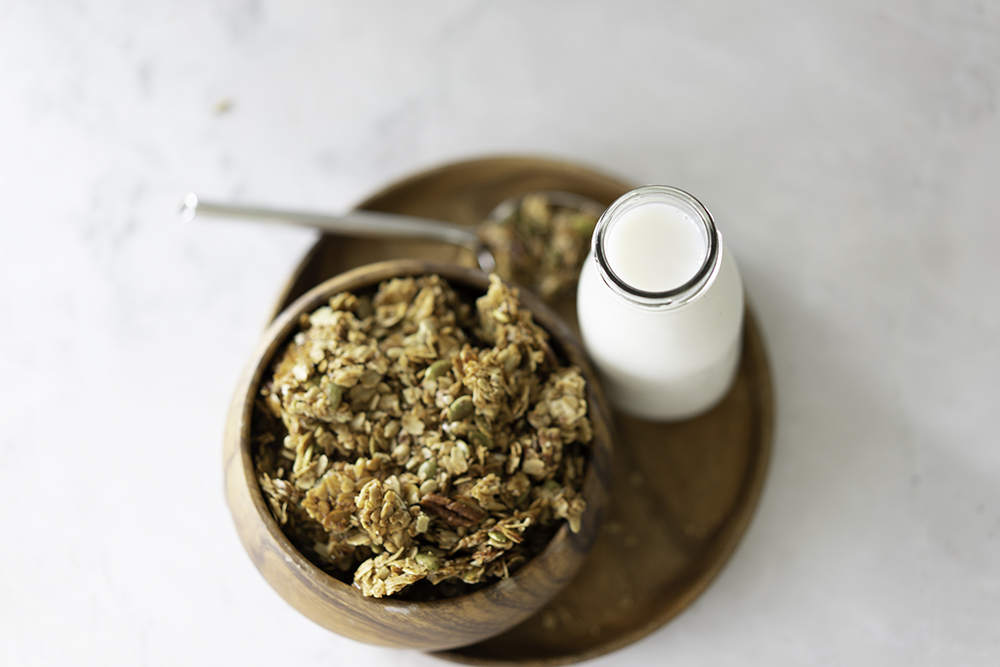
Some things to consider
The recent innovations in the non-dairy milk industry have brought us some really great innovative non-dairy products. There are several things to consider when choosing a milk alternative. Some of these considerations include how you will be using the milk, your taste preferences, and your nutritional needs. When purchasing any non-dairy milk (or anything for that matter!), you must read the labels! Milk alternatives you purchase in a carton will often contain additives. These include sugar (and sugar alternatives), artificial coloring, and added stabilizers or emulsifiers (guar gum, xanthum gum, gellam gum, carrageenan or sunflower lecithin). Stabilizers can be difficult to digest and cause some people gastrointestinal discomfort. Check the label and choose wisely or make your own! My amazing Homemade Cinnamon Oat Milk Recipe here.
Why make the switch from cow’s milk to a milk alternative?
- Environmental impact
- Religious beliefs
- To treat acne, asthma, autoimmune disorders, reduce inflammation
- If you are concerned about your risk of prostate or other cancers
- To lower your saturated fat intake and therefore your cholesterol levels, and risk of cardiovascular events
- For the protection of animals (cows, goats, buffalo)
- Lower your risk of certain cancers that have been found to be linked to dairy intake
- NOTE* This is not to be used as medical advice, so, if anything on this list is a concern for you, consult with your health care provider for your own personal recommendations .
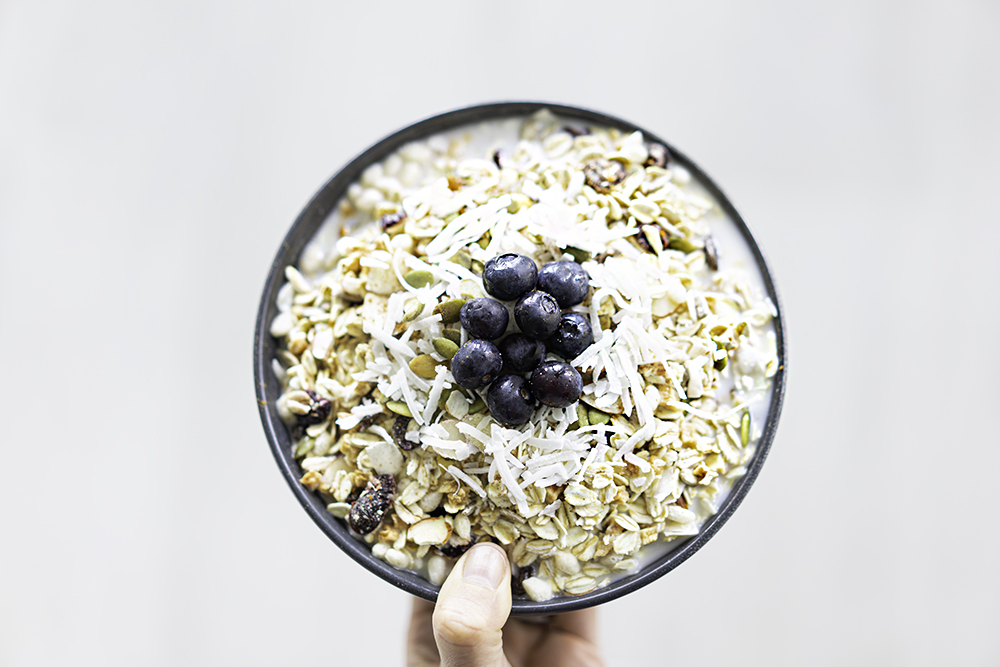
Types of non-dairy milks
Soy
Soy milk has the closest nutritional profile to dairy milk. In this regard, soy milk can be a great alternative to dairy milk. With a high protein content, and the minimal processing it takes to produce milk from soybeans, this is an overall good choice. Read the label carefully for where the soybeans have been farmed from and watch for added sugars. Personally, I like to eat my soy in the form of organic soybeans or tofu and use a different non-soy milk alternative. Read this for more information on soy: Should I Be Eating Soy as a Vegetarian?
Pea
Pea milk is made by yellow peas being milled into flour. The pea protein is then separated out from the starch, and blended with water + sunflower oil to produce the milk. This one is high in protein with up to 8g per cup (same as dairy milk!). With almost half of your daily calcium requirement in one cup, only 70 calories, potassium, calcium, vitamin A, vitamin D and iron, pea milk is a good nut and soy free option. It also has a creamy texture but does not taste nutty so it is a good dairy substitute.
Emulsifiers are typically used to produce the milk. So, read the labels and if you are sensitive to it, try to avoid carrageenan whenever possible (can cause the same gastrointestinal issues as dairy milk). Secondly, it is made using sunflower oil. So, if you avoid oil as much as possible (as I do) this might not be an option for you. Third of all, there are a few pea milks that have been marketed very well and you might think you are getting a very healthy bottle of plant-based milk but you are actually getting LOTS of sugar. Always look for the sugar content in your non-dairy milk + then decide.
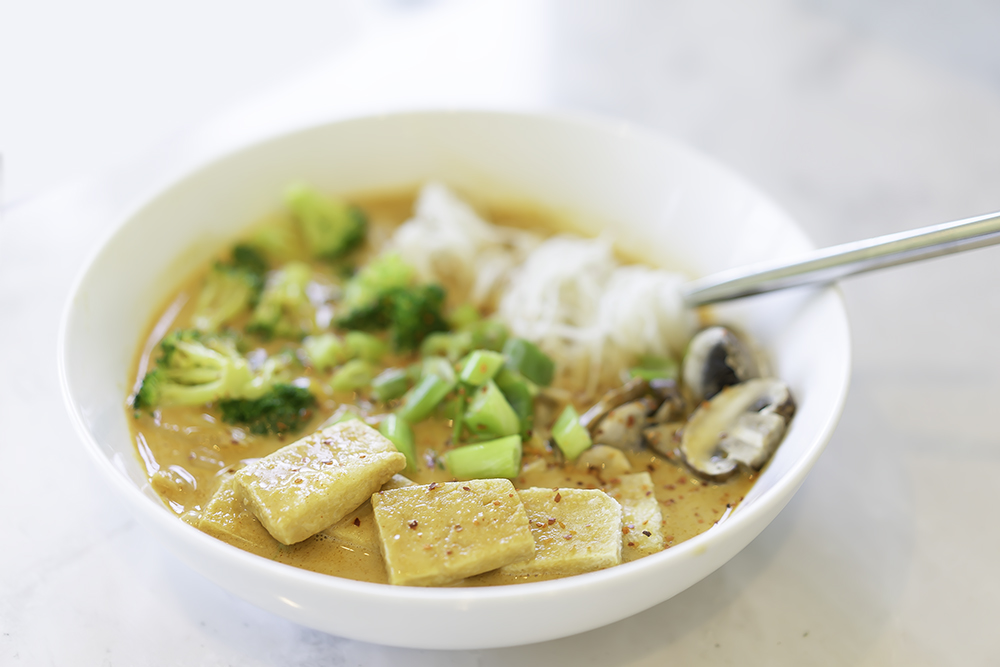
Coconut Milks:
This can be confusing for some people. Coconut milk is an extremely delicious liquid which is extracted from the shredded meat of a coconut. Not to be confused with coconut water which is the liquid found in the middle of a coconut. If you have ever gone shopping for coconut milk, you may have noticed that you can buy the canned version or the kind in the carton or even coconut cream. They are very different!
Canned Coconut Milk
When you see coconut milk listed in a soup or curry recipe, you are typically going to use the canned version. When you open the can, you will find a layer of solid white on top with a thinner milky liquid at the bottom. The top layer is the coconut cream. This part contains the fatty part of the coconut which gives your recipes that creamy, nutty flavoring.
On the other hand, a can of coconut cream is a full can of just the thicker white stuff that typically sits on the top of a can of coconut milk. This is much thicker and less watery so use caution if you happen to substitute a can of coconut cream in a recipe that calls for coconut milk. You will create a thicker, richer consistency than you might want. Sometimes these cans of coconut cream have lots of added sugar to use in a dessert. Read your labels!
Tara’s Favorite Canned Coconut Milk Thai Curry Recipe here 🍜
Coconut Milk in a Carton
The third version is coconut milk in a carton. This one is typically refrigerated after opening, and is a watered down version of the canned described above. The carton coconut milk is customarily used in breakfast recipes such as in your coffee drinks, smoothies, overnight oats, chia puddings, and can be substituted as the “milk” one would pour over their breakfast cereal or granola. This comes sweetened or unsweetened but read the labels! Sometimes coconut milk has additives such as carrageenan which can cause gastrointestinal discomfort in some people. There are lots of versions without it so scan the ingredient list prior to purchasing coconut milk in a carton.
Coconut milk is high in fat (93% of its calories come from fat). So, if this is your go-to milk alternative be sure you are factoring in the fat and calorie content of what you are using.
Tara’s Favorite Carton Coconut Milk Chia Pudding Recipe here 🥥
Almond
Most popular milk replacement. However, almond milk has been getting some negative attention as it takes a lot of water to be produce almond milk. So, if your priority is environmental impact, you might want to consider one of the other milk alternatives that have less of an environmental impact.
The biggest advantage of almond milk is that the main ingredients are almonds and water, both of which your body loves. This milk alternative is lower in calories than dairy milk, is an extremely versatile substitute for dairy milk in recipes, tastes great even in the unsweetened version, provides almost half of your daily calcium requirement, and is high in vitamin E + D.
Tara’s favorite recipe using Almond Milk here 😋
Oat
Oat milk is a great choice for anyone with a nut or soy allergy, but be careful to look for gluten free if you have a gluten allergy.
This dairy-free milk is made by blending and straining oats so the oats lose some of their nutrients in this process. Most store-bought oat milks are fortified to replace the nutrients lost. This milk alternative has a higher carbohydrate and calorie count than almond or soy milk with less protein. One unique property of this dairy-free option is that it is very high in soluble fiber, specifically beta-glucans. This means that when we drink oat milk, it forms a gel-like substance in our intestines, binds to cholesterol, and therefore can help lower cholesterol levels. Very high in calcium and vitamin D.
Read the label! Oat milks are typically sweetened so look out for what yours is sweetened with and how many grams of sugar you are sneaking in.
Tara’s Favorite Homemade Oat Milk Recipe here 🥛
Choosing A Milk Alternative Right For You + Your Lifestyle
Well, I am not a one size fits all kind of girl. Unless an allergy limits you, I don’t think you need to pick just one! Here in the MVF kitchen, I use oat or almond milk to bake with, I use canned coconut milk in soup and curry, I use carton coconut milk or almond milk or oat milk with granola or muesli or to thin out oatmeal. I make ice cream with coconut cream or canned coconut milk. In my coffee, I rotate all of them! I exclusively choose carrageenan free brands and typically opt for unsweetened versions when purchasing milk alternatives.
That being said, I hope we can be an example of how easy it is to incorporate plant-based milks into your life. Remember, moderation is key, knowledge is very powerful when making decisions about your health or your nutrition, and let those decisions be fueled by your ‘why’; your reason driving you to do something. Not your Mom 🐄 … Not your Milk 🥛!
All the best,
Tara 💚
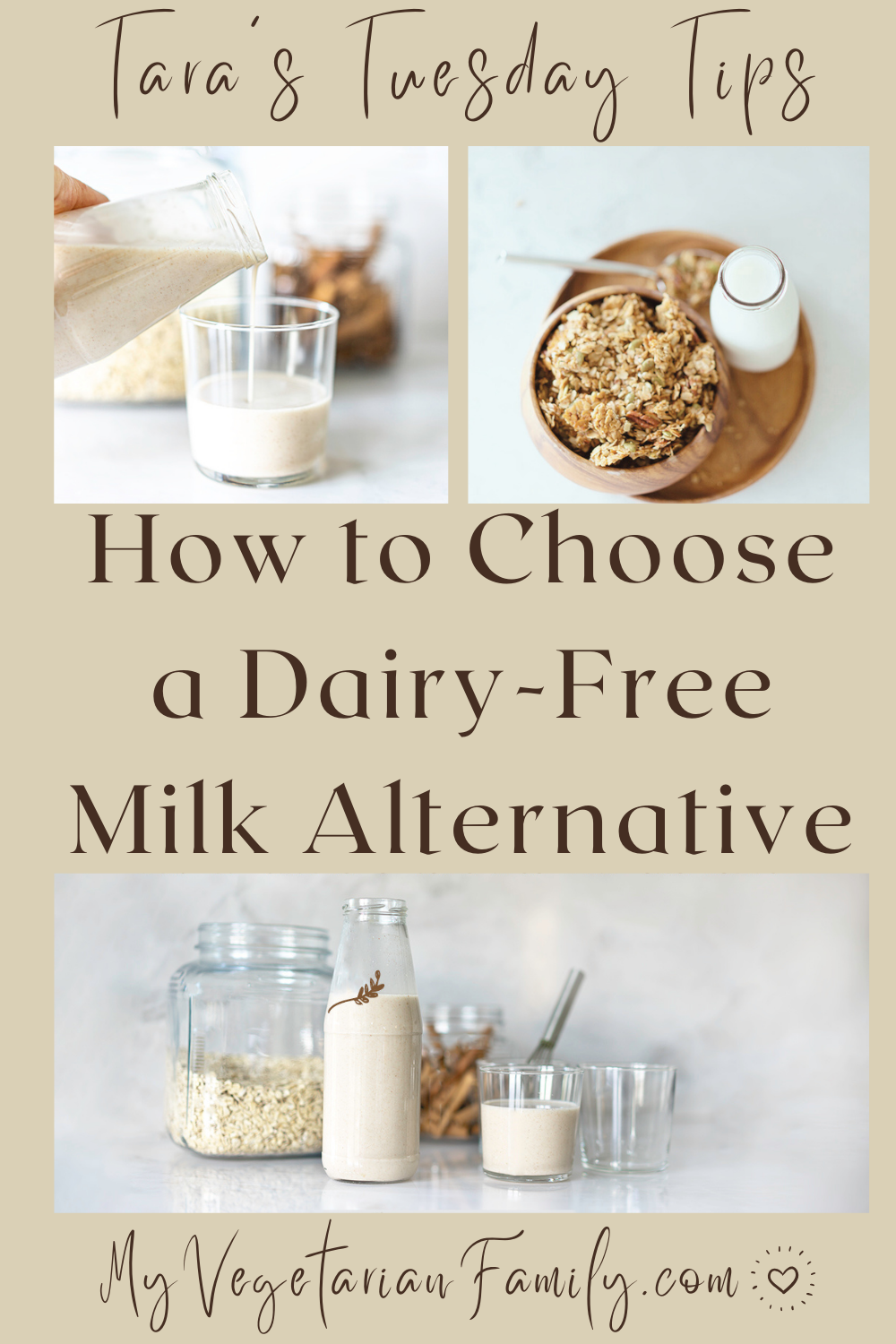
⭐️Do you have more questions about choosing a milk alternative? Leave a comment below! We love comments ❤
📸I love to see your creations! Follow me on Instagram @myvegetarianfamily and hashtag it #myvegetarianfamily
💌Be sure to subscribe here to my weekly emails for tips and recipes so that you never miss a veggie thing!

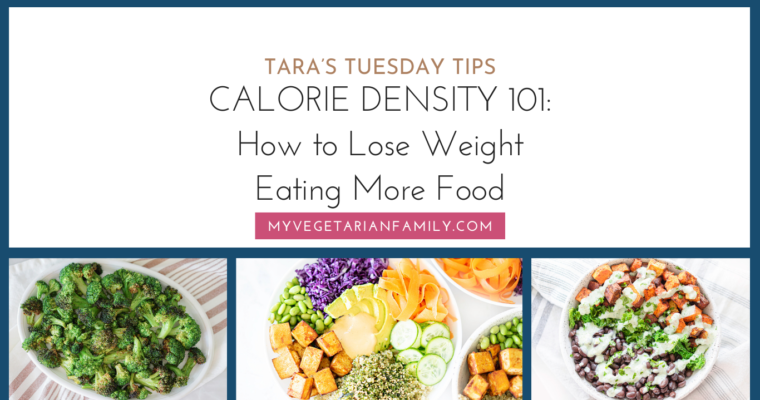

5 thoughts on “How To Choose A Dairy-Free Milk Alternative”